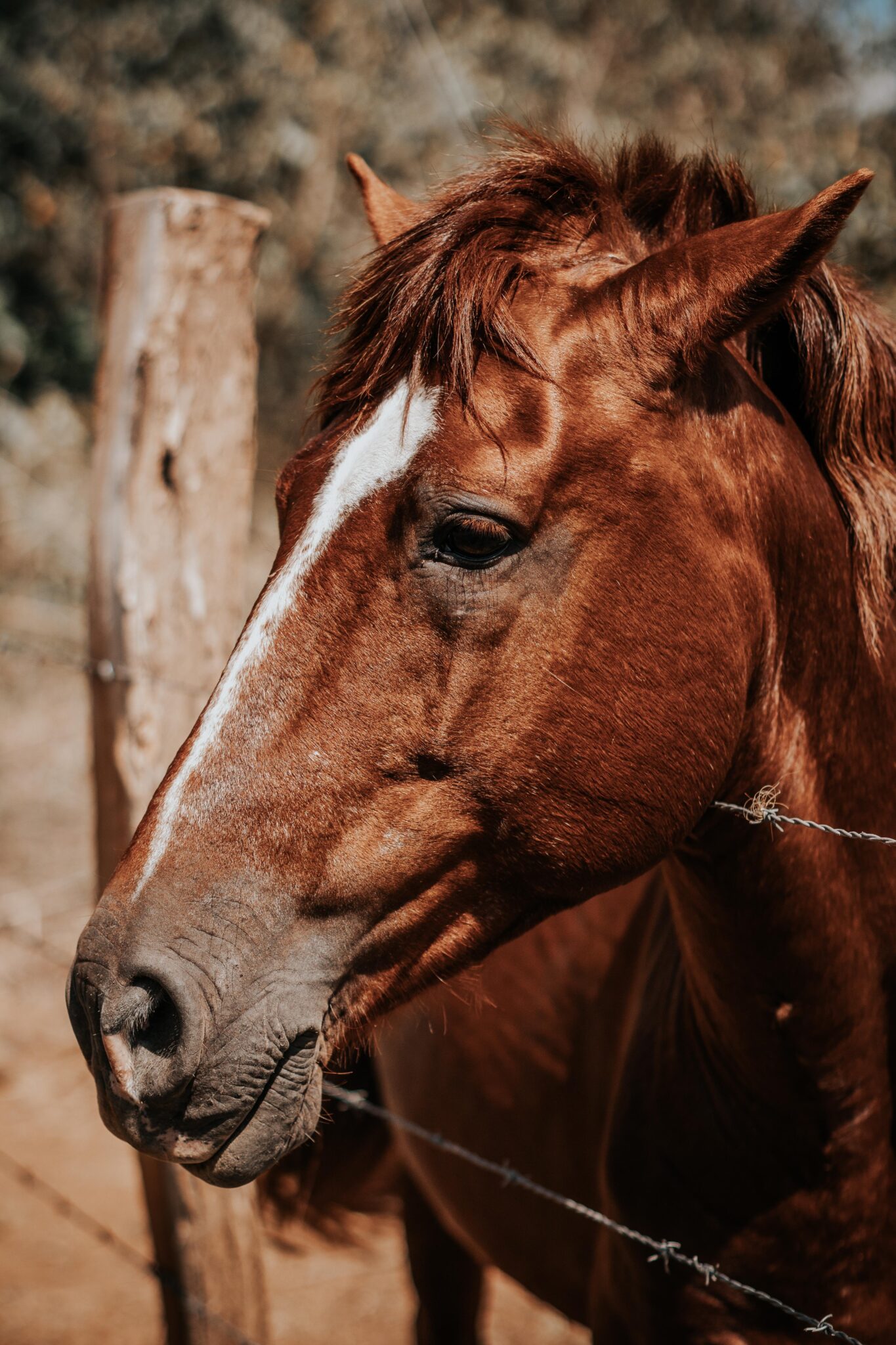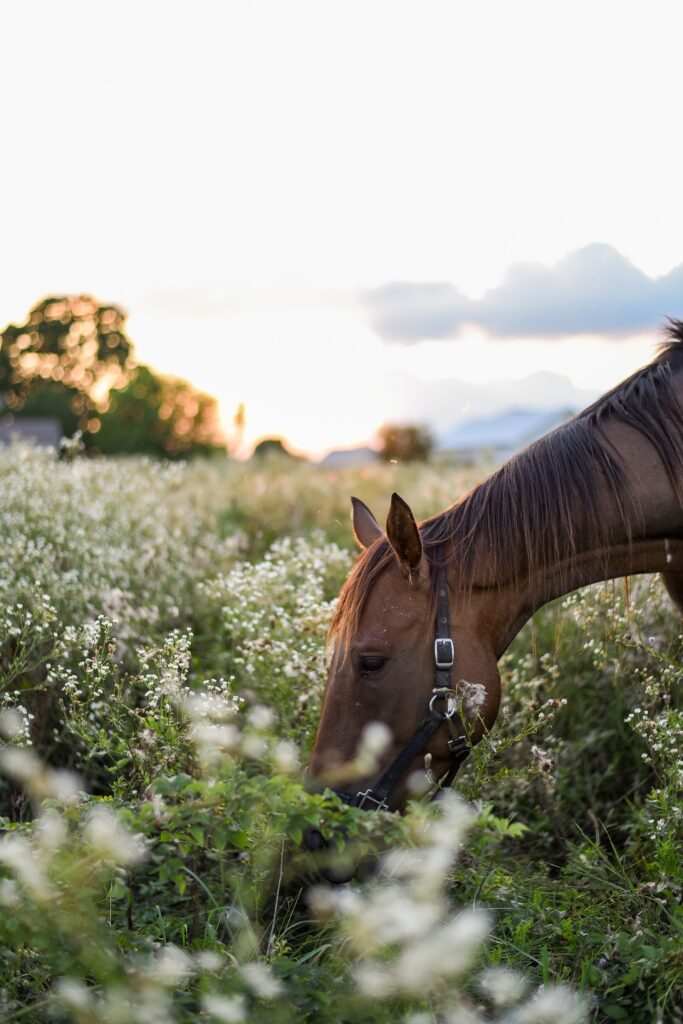sunburn in horses
Sunburn is a common issue that can affect horses during the summer months, especially those with light-colored hair or pink skin. In this article, we’ll discuss what causes sunburn in horses and how you can prevent and treat it.
Sunburn in horses is caused by exposure to the sun’s harmful UV rays, which can damage the skin and lead to painful burns. Horses with light-colored hair or pink skin are more prone to sunburn than those with dark hair and skin. Areas of the body that are less covered by hair, such as the nose, ears, and face are also likely to get sunburn.
Horses experience similar symptoms of sunburn to those seen in humans. Red skin and inflammation are both common signs of sunburn, although horses may also experience blisters, peeling, scabs, and cracked skin in more severe cases.
Prevention is key when it comes to sunburn in horses. Here are some tips to keep your horse protected from the sun:
- Provide Shade: Make sure your horse has access to a shaded area, such as a barn or run-in shed, during the hottest parts of the day. This will help to keep them out of the direct sunlight and reduce the risk of sunburn.
- Use special clothing: It can provide an additional layer of protection from the sun’s harmful rays. Look for products that are specifically designed to block UV rays and make sure they fit your horse properly.
- Apply Sunscreen: Apply a horse-safe sunscreen to areas of your horse’s body that are susceptible to sunburn, such as the nose, ears, and face. Make sure to reapply the sunscreen every few hours, especially if your horse is sweating or in the water.
- Schedule Turnout Times: Schedule turnout times for your horse during the cooler parts of the day, such as early morning or late evening, to reduce their exposure to the sun’s harmful rays.


If your horse does get sunburned, there are several steps you can take to help soothe their skin and promote healing:
- Provide Relief: Move your horse to a shaded area and provide them with a cool, damp towel to place on their sunburned skin. This will help to soothe the burn and provide relief.
- Apply Aloe Vera: Aloe vera gel can be applied to the sunburned areas to help soothe and promote healing. Look for products that are specifically designed for horses and avoid using products that contain alcohol, which can dry out the skin.
- Pain Relief: If your horse is experiencing pain from the sunburn, speak with your veterinarian about pain relief medication.
- If sunburn affects the back, riders should avoid riding until the burn heals to avoid putting a saddle on top of a painful burn. Any areas of your horse’s skin that become cracked or scabbed should be removed safely to prevent infection. If some infections occur, you may use Sanocyn forte Skin Solution. The Solution effectively removes unwanted fungi, bacteria and viruses, while being alcohol-free and pH neutral. Thus, it does not sting and burn. It is based on hypochlorous acid (HOCl), which is very well tolerated by pets and suitable for daily use. What is more, all Sanocyn forte products meet the anti-doping guidelines of the FEI and the FN (ADMR) and are ideally suited for use in competitions.
In conclusion, sunburn is a common issue that can affect horses during the summer months. By taking the necessary precautions to prevent sunburn and treating it promptly if it does occur, you can help to keep your horse healthy, comfortable, and happy all summer long.
Share our post:
